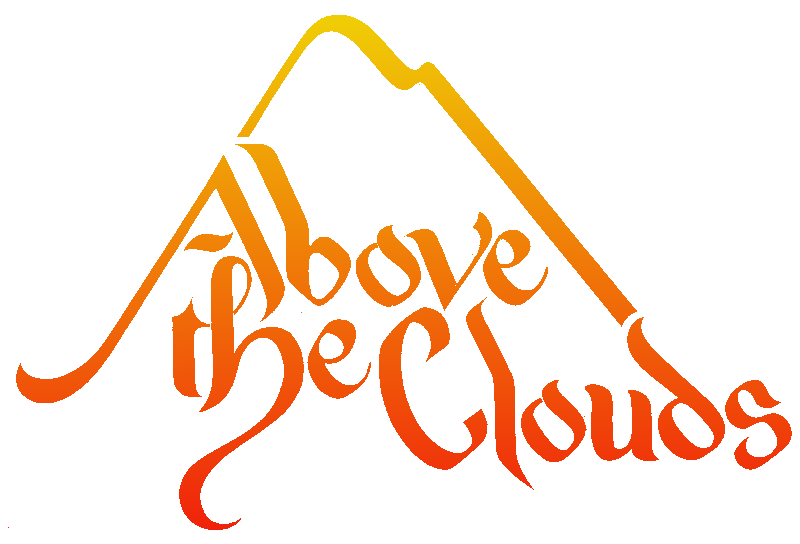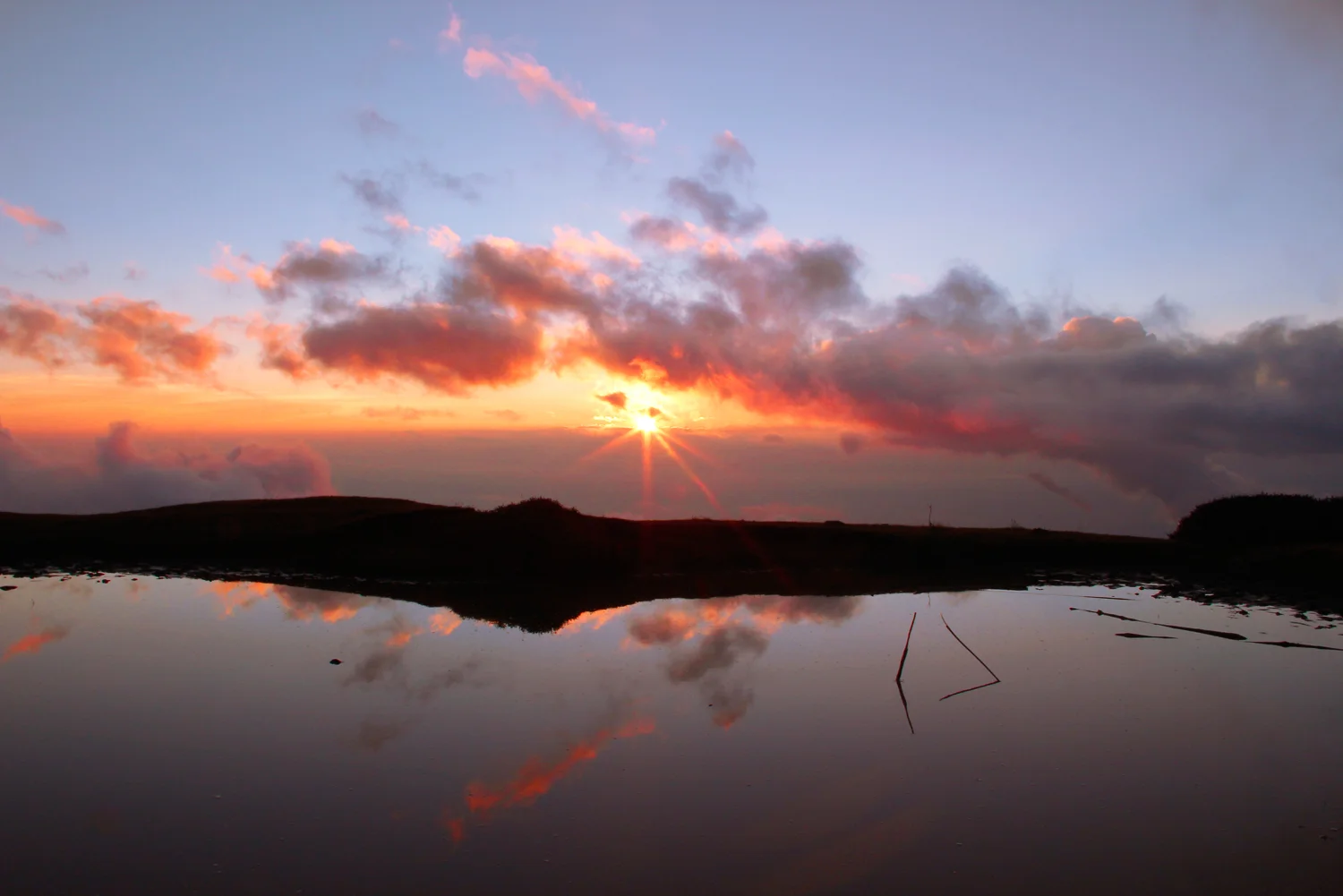A Flatlanders Journey to Nepal
/Ever since I was little girl growing up in the rolling and rather dull plains of the mid-west, I have dreamed of being a world travelling adventurer. It’s why I initially chose my major in anthropology. The first time I decided to travel abroad was in 2009. I walked into my folk’s living room, shortly after graduating high school, and abruptly announced, “I’m going to live in Spain for the summer.” I had been accepted into a program doing volunteer archaeology work at a Celtic Iron Age necropolis and Roman settlement located in a little remote village in central Spain. Somewhere between laughing hysterically and feeling concerned, my folks asked, “Oh really? When are you leaving?” Without hesitation, I answered, “May 29th. I just bought my plane tickets. Do you think you guys could give me a ride to the airport?”
They say that when you travel you always learn something new about yourself and rarely come back the same person. For me, I had taken that journey to see if I had what it takes to live up to the worldly explorer I desired to be, but I had returned with a feeling that I couldn’t comprehend. For the first time, in a long time, I felt homesick, but not for my home in the U.S. It didn’t seem normal to take comfort in the strange and uncertain. My friends have argued that it was because I was the foreigner being subject to “otherness”. In a certain sense they were right, but for the most part, it was quite opposite of that. I felt uprooted from the relationships I made, the food I ate, the environment I lived in, and the daily routines I had become accustomed too. I still eat dinner at 8:00 pm and often long for siestas.
A few years since then, I saw a flyer at my university advertizing a study abroad course in Nepal. Looking at some of the photographs of the villages that were sustaining themselves between these enormous, god-like mountains, I looked with fascination at a place that seemed far away from the norms of home, not just materialistically, but also environmentally, politically, socially, and economically. This presented itself as an opportunity to apply what I’ve learned in anthropology in the field. The very thought of the kinds of adventurous experiences and research skills I could develop were too exciting for words.
The best part about it was that Above the Clouds had already established close relationships among the local community members in the villages we would be trekking through. Some of these members were guides that stayed with us the entirety of our journey. All we had to do was simply let our curiosity take over and start asking questions…and I had several question. I certainly kept the instructor and guides busy.
Their constant reassurance in my curiosity inspired me to go beyond my comfort levels and learn more than I ever could in a traditional classroom setting. In a similar sense that famous photographer and humanitarian, Chris Rainier, described his experience in Tibet, this opportunity allowed me to “slow down” and “peel away the clichés” that we tend to think defines our “object of attention” when it merely “bounces across the surface”. Although, I still feel a bit badly about unintentionally waking up the abbot of the Kag Chode Thumpten Samphel Ling Monastery in Kagbeni to quench my curiosity about Tibetan Buddhism. On the plus side, he showed me a Tibetan Sanskrit app he frequently used on his iphone to communicate with other Tibetan Buddhist. He also let me wander around the monastery on my own. I found some cool secret rooms filled with relics the monastery had stored for, god knows, how long. On top of that, I came back with a story that the other students could benefit from.
When I had first arrived in Nepal, I immediately felt myself immersing in the culture, but even more so the further we travelled into the rural region of upper Mustang away from the city. I felt a strange sense of familiarity that, oddly enough, I could relate to my time growing up in a small town in the Midwest. The groups of men, and occasionally women, I saw that gathered in a particular area would sit and chat from sun-up to sundown. It reminded me of my grand-folks and their friends who would sit on the back porch just watching and talking. The only way I could describe why they gathered in that manner was that they were collectively appreciating moments to slow down and be still in every sense. Something I found that made my friends uncomfortable in the New England. Another element that struck me was the communities’ relationship with Buddhism. It also reminded me of my hometown community’s relationship toward Christianity in a sense that they depended on each other for help and support. Granted the level of dependency the locals in Mustang was a much more serious context, I was still able to regain an appreciation for spiritually that I had forgotten even though I don’t practice Christianity or Buddhism.
While a larger majority of this journey allowed me the opportunity to reconnect with my own culture, I also wanted to focus my time in Nepal looking at how globalization impacted these communities through several aspects. Everyone from the teachers, guides, and local community members made that possible. It was one thing to read about the potential impacts and how they were interconnected, but it was another thing entirely to see them. Their culture, for example, wasn’t only impacted by elements of globalization, such as tourism, but also trade, domestics and foreign policies, education, NGO’s, and the economy. All of which, influenced each other in more ways than one.
Typically, in anthropology you’re supposed to bring any assumptions you may have towards your research forward. Even though I made a substantial effort to do so, I still found myself continuing to question those assumptions throughout the trip and even more so afterwards. That experience alone has proven to be one of the most valuable experiences I have had and it continues to resonate within me and everything I do.
All the experiences I’ve had, the relationships I formed, the food and tea I drank, the lessons I learned, the stories I’ve been told, and the knowledge I’ve gained from this trip I brought back to share with my own family and community. Even still, that continues to enrich both of our lives, especially, when I make momos!
~Julie Howk
UVM Nepal Alumni


